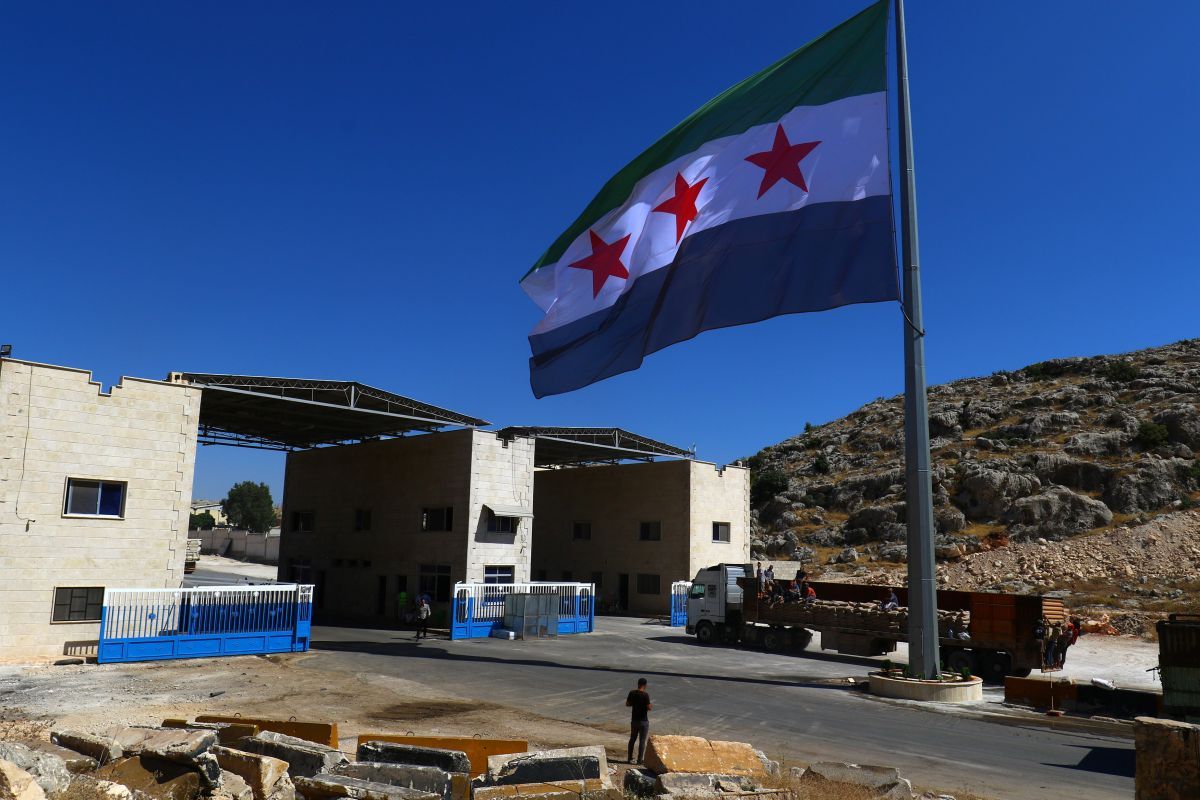
The official said coalition military officials requested permission to strike the ISIS targets using the pre-established de-confliction hotline which was designed to prevent accidents in the skies over Syria, where both U.S. and Russian jets operate, but Russian officers denied the request, according to CNN.
The de-confliction agreement, recently reaffirmed by Russian President Vladimir Putin and President Donald Trump, says that Russian and Syrian regime forces are to operate west of the Euphrates River, while the U.S. and its coalition allies are to operate to the east. If either side wishes to operate on the other side of the river, they are supposed to communicate via a hotline that allows Russian and coalition military officers to talk to each other.
Read alsoAnother Russian lie exposed: journo publishes photos of Russian warplanes damaged at Syrian baseThe Russian refusal was first revealed in a social media posting by a group of coalition-backed local fighters, the Maghawir al-Thawra, or MaT, in late December.
US Army Col. Thomas Veale, a spokesman for the US-led coalition, told CNN Monday that coalition troops and their local MaT allies "have identified a number of suspected Daesh terrorists in the Syrian-regime-controlled Hamad Desert," using the Arabic acronym for ISIS.
Veale said the presence of ISIS forces in the area "presents a clear and present threat" to coalition and U.S.-backed local fighters based in the garrison of At Tanf, even though the ISIS fighters are outside the agreed-upon 55km de-confliction zone surrounding the base.
Read alsoSyria says military jet downed in northern Hama, pilot killed – media (Video)"We are unsure why Russian-backed Syrian regime forces were unwilling or unable to effectively engage the Daesh threat in that specific incidence," Veale said.
Last month a Pentagon spokesperson told CNN that "Russia is failing to genuinely de-conflict airspace in Syria."

